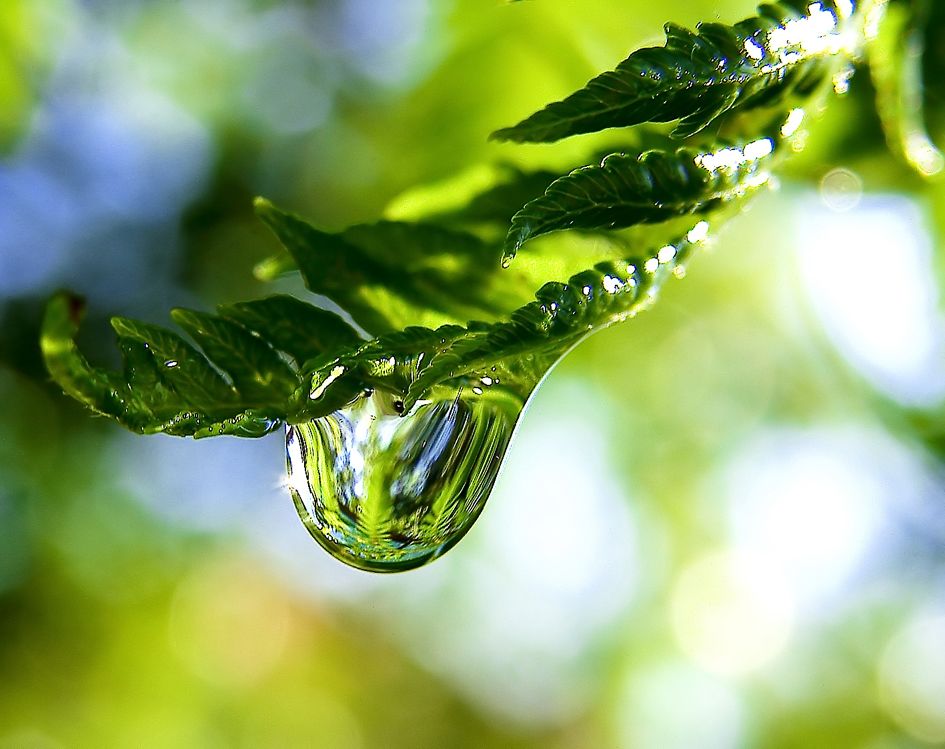Scientists have recently discovered a whole new kind of chemical bond – and it is much stronger than it has any right to be.
The new type of bond shows that the separation between strong covalent bonds, which bind molecules together, and weak hydrogen bonds, which form between molecules and can be broken by something as simple as stirring salt in a glass of water, is not so clear as chemistry textbooks would suggest.
Think back to that high school chemistry class, and you will remember that there are different types of effects associated with atoms together in molecules and crystal structures.
Ionic bonds combine metals and non-metals to form salts. Strong covalent bonds bind molecules such as carbon dioxide and water. Much weaker hydrogen bonds form due to an electrostatic attraction between hydrogen and a more negatively charged atom or molecule, causing water molecules to attract each other and form droplets or crystalline ice. Ionic, covalent and hydrogen bonds are all relatively stable; it tends to last for long periods and has effects are easily observable. But researchers have long known that the story during a chemical reaction, as chemical bonds form or break, is more complicated and involves ‘intermediate states’ that can exist for small fractions of a second and are more difficult to observe.
In the new study, the researchers managed to keep these intermediate states going long enough to conduct a detailed investigation. What they found was a hydrogen bond with the strength of a covalent bond that binds atoms into something that looks like a molecule.
Related: Nobel Prize in Chemistry: 1901
To do this, the researchers dissolved a hydrogen fluoride compound in water and looked at how the hydrogen and fluorine atoms interacted. The fluorine atoms are attracted to the hydrogen atoms due to imbalances of positive and negative charges across their surfaces, the classical structure of a hydrogen bond. Each hydrogen atom tended to sit between two fluorine atoms. But these sandwiches are bound together with more strength than typical hydrogen bonds, which can be easily broken. The hydrogen atoms have bounced back and forth between the fluorine atoms, binding bonds as strongly as covalent bonds and resembling molecules, which hydrogen bonds cannot form. But the mechanism of the new bond was electrostatic, meaning that it involves the kind of differences in positive and negative charge that define hydrogen bonds.
The new bonds had a strength of 45.8 kilocalories per mole (a unit of chemical bond energy), greater than some covalent bonds. Nitrogen molecules, for example, are made of two nitrogen atoms bonded together at a strength of about 40 kcal / mol, according to LibreTexts. According to the book, a hydrogen bond usually has an energy of about 1 to 3 kcal / mol Biochemistry.
They described their results in an article published in the magazine on Thursday (January 7) Science. In an accompanying article in science, Mischa Bonn and Johannes Hunger, researchers from the Max Planck Institute for Polymer Research in Germany, who were not involved in the study, wrote that this unusual band has the clear categories of chemistry.
“The existence of a hybrid covalent hydrogen bonded state not only challenges our current understanding of what a chemical bond exactly is, but also provides the opportunity to better understand chemical reactions,” they wrote, “true.” interim response states ‘are often invoked. but rarely studied directly.’
Similar bonds probably exist in pure water, they write, when a hydrogen atom is trapped between two water molecules. But it is believed that these ties exist, but do not last as long, the researchers wrote. And they were never definitively observed.
This study, they write, could open the door to a ‘deeper understanding of strong bonding’ and the intermediate reaction conditions.
Originally published on Live Science.
